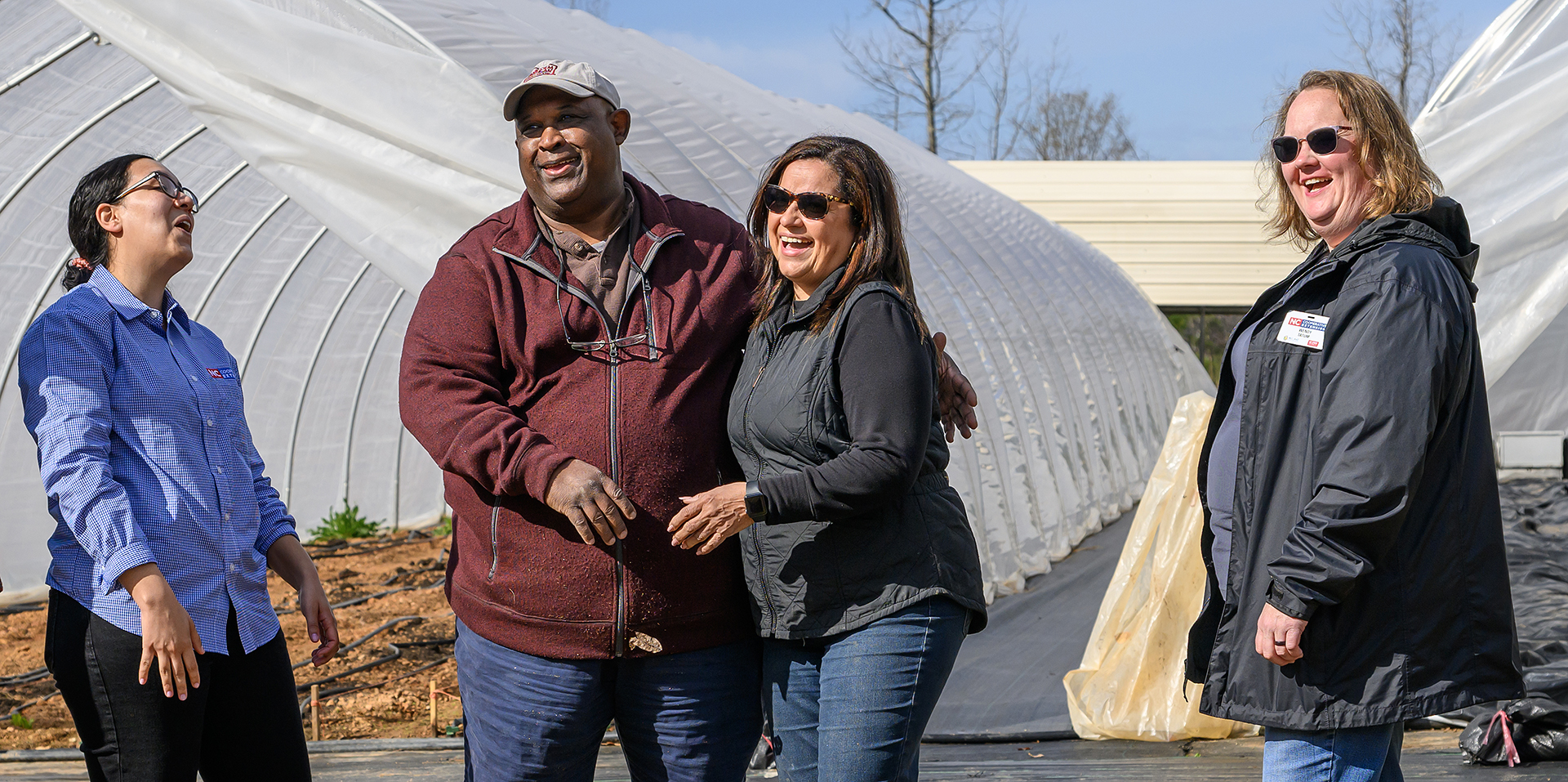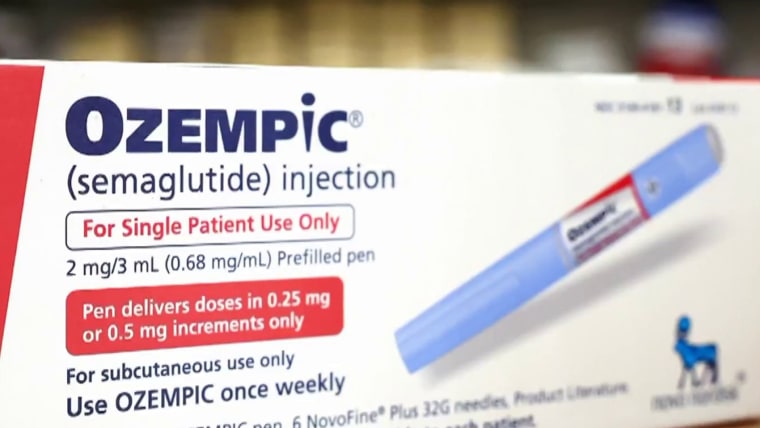DHL, Kalitta Air, Kalitta Motorsports Join Forces, Provide Two Million Meals in ‘Race to End Hunger’ – Drag Illustrated
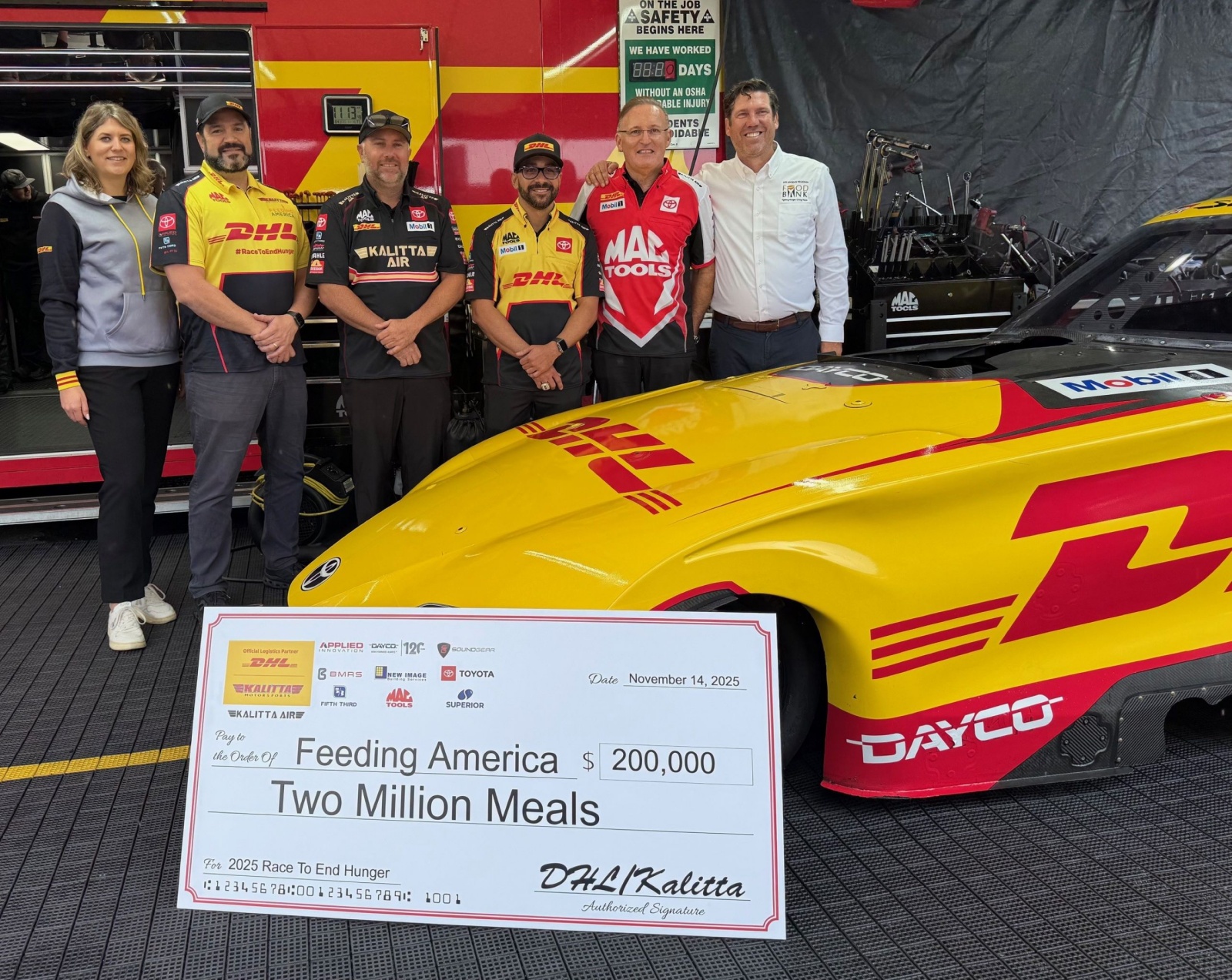
Report on the “Race to End Hunger” Initiative and its Contribution to Sustainable Development Goals
Executive Summary
The “Race to End Hunger” initiative, a multi-stakeholder partnership led by DHL Express, Kalitta Air, and Kalitta Motorsports, made a significant contribution towards Sustainable Development Goal 2 (SDG 2: Zero Hunger) in 2025. The program donated two million meals to Feeding America and the Los Angeles Regional Food Bank, elevating the initiative’s six-year cumulative total to 14 million meals. This effort directly addresses the critical issue of food insecurity affecting 47 million people in the United States. The program’s collaborative structure also exemplifies the principles of SDG 17 (Partnerships for the Goals), uniting corporate entities, non-profit organizations, and the public to achieve a common objective.
Initiative Overview and SDG Alignment
Program Objective: Addressing SDG 2 (Zero Hunger)
The primary objective of the “Race to End Hunger” is to provide critical hunger relief for families in need. With one in seven people in the United States experiencing food insecurity in 2025, the initiative directly targets the core tenets of SDG 2, which aims to end hunger, achieve food security, improve nutrition, and promote sustainable agriculture. By providing millions of meals, the program contributes to ensuring access to safe and nutritious food for vulnerable populations.
Multi-Stakeholder Collaboration: A Model for SDG 17 (Partnerships for the Goals)
The success of the initiative is rooted in its effective partnership model, which is central to achieving SDG 17. The collaboration brings together diverse stakeholders to mobilize and share resources, knowledge, and technology to support the achievement of the SDGs.
- Lead Corporate Partners: DHL Express, Kalitta Air, Kalitta Motorsports
- Beneficiary Non-Profit Organizations: Feeding America, Los Angeles Regional Food Bank
- Supporting “Double Down” Partners:
- Applied Innovation
- BMRS
- Dayco
- Fifth Third Bank
- Mac Tools
- New Image Building Services
- SoundGear
- Superior
- Toyota
Program Outcomes and Impact Assessment
2025 Donation and Cumulative Impact
The program’s results demonstrate a measurable impact on combating food insecurity.
- 2025 Donation: A total of two million meals were donated.
- Six-Year Cumulative Total: The program has provided 14 million meals since its inception.
- NHRA Partnership Four-Year Total: The “Race to End Hunger” component of the campaign has generated 3.83 million meals over four years.
Contribution Mechanisms
The two million meals donated in 2025 were generated through a multi-faceted approach:
- DHL Corporate and Employee Contributions: Nearly one million meals were generated through a combination of DHL’s corporate match of employee donations, direct contributions, and NHRA fan donations.
- NHRA Performance-Based Partnership: 1,080,000 meals were generated through the racing performance of Kalitta Motorsports drivers. For each of the 27 round wins during six NHRA Mission Foods Drag Racing Series events, the partnership group collectively donated 40,000 meals.
Stakeholder Perspectives on Social Responsibility
Corporate Commitment
Leaders from the partner organizations emphasized the importance of the initiative in fulfilling their social responsibility missions.
- Nemer Abohasen, VP at DHL Express: “It’s deeply rewarding to join forces once again with our long-time partners… Each meal represents hope, dignity, and comfort for someone in need – and that’s what drives us to keep going.”
- Doug Kalitta, Team Kalitta Top Fuel Driver: “’The Race to End Hunger’ is a really good program – it’s helping, but we all know there’s still work to do… Thanks to DHL, Kalitta Air and all our partners that jumped in this year to support a great organization like Feeding America.”
- Heath Nicholl, Kalitta Air Chief Operating Officer: “Kalitta Air was proud to be a part of this great program again this year, but seeing the end result with two million meals being provided is truly special.”
Beneficiary Organization Feedback
The receiving organizations confirmed the critical impact of the partnership in their efforts to fight hunger.
- Roger Castle, Chief Development Officer, Los Angeles Regional Food Bank: “We are deeply grateful for DHL’s steadfast commitment… this enduring collaboration empowers us to aid even more neighbors grappling with food insecurity.”
Conclusion
The “Race to End Hunger” initiative serves as an effective and scalable model for corporate-non-profit partnerships aimed at addressing urgent social challenges. By delivering 14 million meals over six years, the program has made a substantial and direct contribution to SDG 2 (Zero Hunger). Its success, built on the collaborative framework of SDG 17 (Partnerships for the Goals), highlights the significant impact that unified corporate action can have on community well-being and the advancement of global sustainable development objectives. The ongoing commitment from all stakeholders remains vital as the work to end hunger continues.
SDGs, Targets, and Indicators Analysis
1. Which SDGs are addressed or connected to the issues highlighted in the article?
-
SDG 2: Zero Hunger
- The article’s central theme is the “Race to End Hunger” initiative, which directly confronts the issue of hunger and food insecurity in the United States. The entire effort, involving the donation of millions of meals to organizations like Feeding America, is aimed at achieving the core objective of this goal.
-
SDG 17: Partnerships for the Goals
- The article highlights a multi-stakeholder partnership as the mechanism for achieving the goal. It details the collaboration between private sector companies (DHL Express, Kalitta Air, Kalitta Motorsports, and nine other partners) and civil society organizations (Feeding America, Los Angeles Regional Food Bank) to mobilize resources and take collective action against hunger.
-
SDG 1: No Poverty
- Hunger and poverty are intrinsically linked. Food insecurity is a critical dimension of poverty. By providing “critical hunger relief for families in need,” the initiative helps alleviate the financial burden on these families, allowing them to allocate scarce resources to other essential needs, thereby addressing an immediate aspect of poverty.
2. What specific targets under those SDGs can be identified based on the article’s content?
-
Target 2.1: End hunger and ensure access to food
- This target aims to “end hunger and ensure access by all people… to safe, nutritious and sufficient food all year round.” The article directly addresses this by describing the donation of “two million meals” in the latest drive and a “six-year total to 14 million meals” to people experiencing food insecurity through Feeding America.
-
Target 17.17: Encourage effective partnerships
- This target encourages “effective public, public-private and civil society partnerships.” The “Race to End Hunger” is a prime example of such a partnership. The article states, “DHL Express, Kalitta Air, and Kalitta Motorsports united their efforts,” and notes that “nine additional Kalitta partners joined the program,” demonstrating a successful private-civil society collaboration to achieve a common development goal.
-
Target 1.2: Reduce poverty in all its dimensions
- This target aims to “reduce at least by half the proportion of men, women and children of all ages living in poverty in all its dimensions.” Access to food is a fundamental dimension of poverty. The program provides meals to “families in need,” directly tackling the food insecurity aspect of their poverty and contributing to their overall well-being.
3. Are there any indicators mentioned or implied in the article that can be used to measure progress towards the identified targets?
-
Prevalence of food insecurity (related to Indicator 2.1.2)
- The article provides explicit data points that align with this indicator. It states that “some 47 million people in the United States currently experiencing food insecurity” and that “one in seven people experiences food insecurity.” These statistics define the scale of the problem the initiative is addressing.
-
Number of meals donated
- This is a direct, quantifiable output indicator mentioned throughout the article. Specific figures like “two million meals” donated recently and a total of “14 million meals” over six years serve as a clear measure of the scale and impact of the intervention aimed at reducing hunger.
-
Resources mobilized through partnerships
- While not a formal SDG indicator, the article implies this by quantifying the results of the collaboration. The generation of “1,080,000 meals” through the joint efforts of DHL, Kalitta, and their partners for every “win light” is a direct measure of the resources mobilized and the effectiveness of the partnership described in Target 17.17.
Summary Table: SDGs, Targets, and Indicators
| SDGs | Targets | Indicators |
|---|---|---|
| SDG 2: Zero Hunger | Target 2.1: By 2030, end hunger and ensure access by all people… to safe, nutritious and sufficient food all year round. |
|
| SDG 17: Partnerships for the Goals | Target 17.17: Encourage and promote effective public, public-private and civil society partnerships. |
|
| SDG 1: No Poverty | Target 1.2: By 2030, reduce at least by half the proportion of… people living in poverty in all its dimensions. |
|
Source: dragillustrated.com
What is Your Reaction?
 Like
0
Like
0
 Dislike
0
Dislike
0
 Love
0
Love
0
 Funny
0
Funny
0
 Angry
0
Angry
0
 Sad
0
Sad
0
 Wow
0
Wow
0





























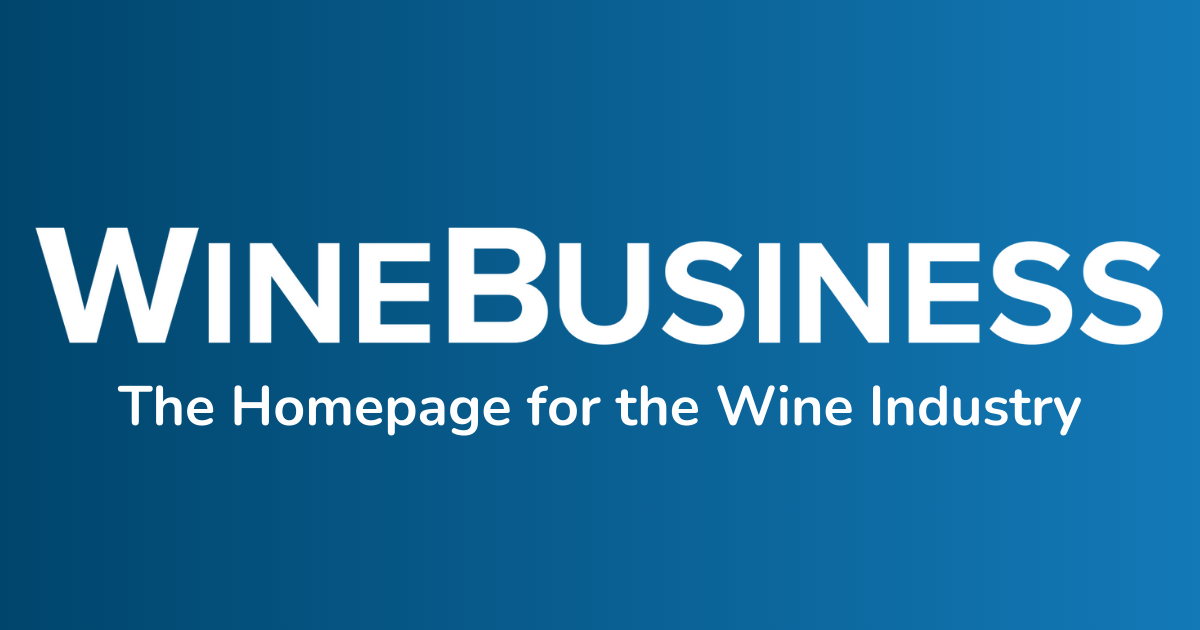



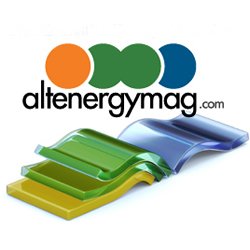















:focal(1500,1000)/https://media.globalcitizen.org/a6/9a/a69a4720-d8a1-4715-b596-18738d03c05c/rotary_polio_hero_image.jpg?#)






/countries/sri-lanka/photo-credit---dmc-sri-lanka.tmb-1200v.jpg?sfvrsn=dc298bcc_1#)







